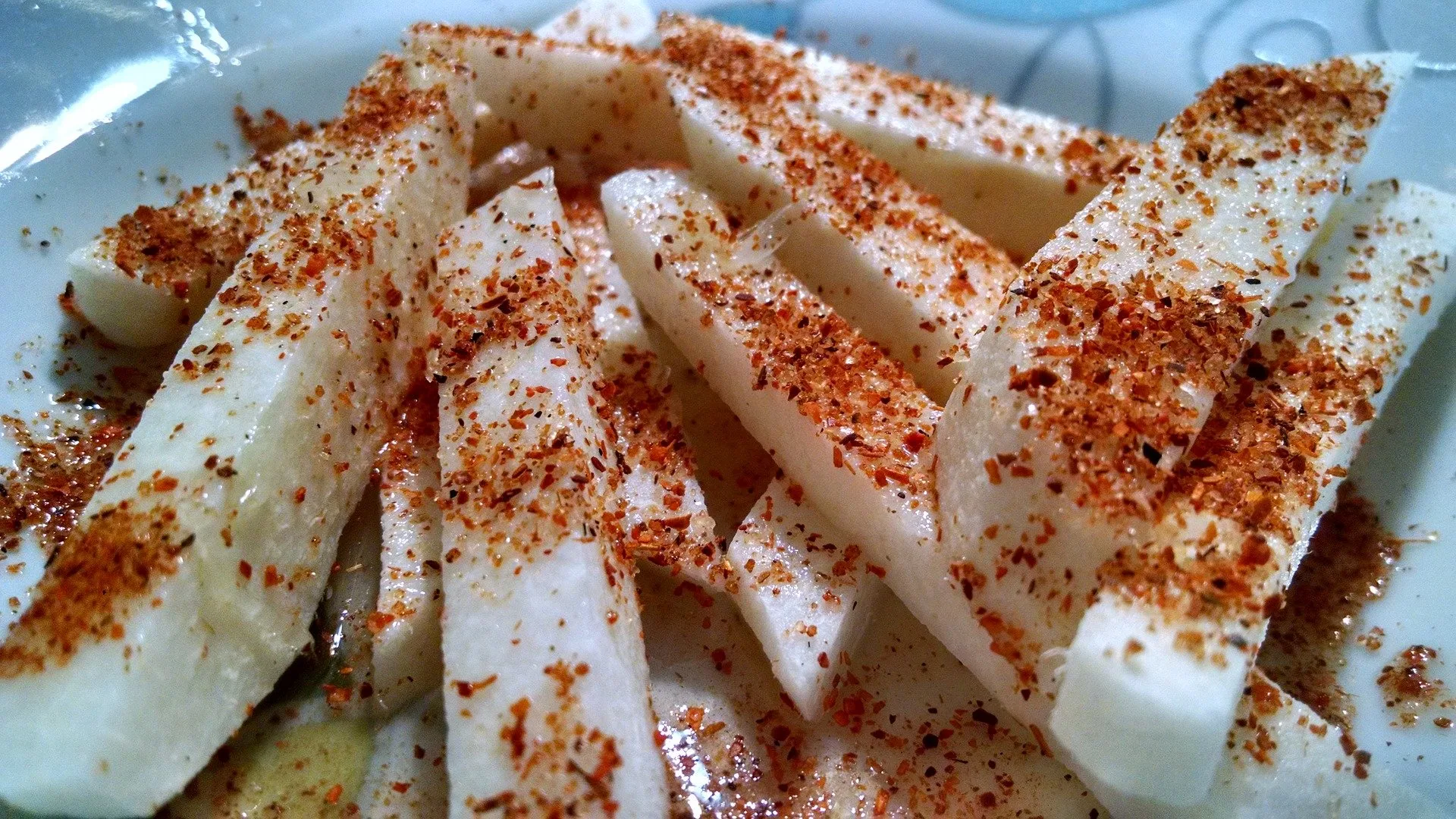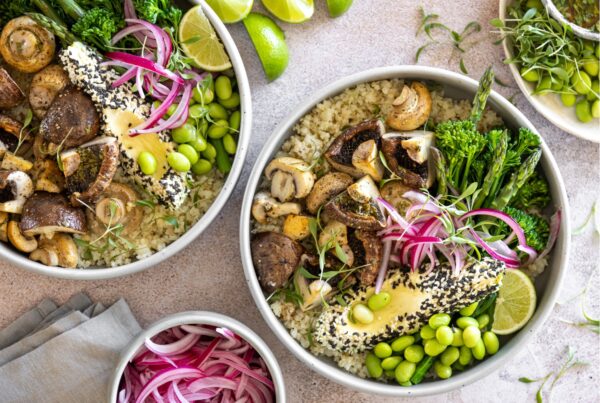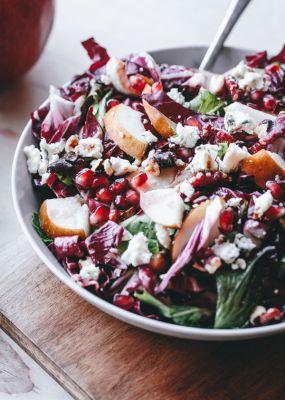A native to Mexico and several other countries across South and Central America, the jicama vegetable has become one of their healthiest exports. Known as the Mexican potato or yam bean, the roots of this versatile vegetable can grow about 2 meters in length and weigh about 20 kilograms. They can only be grown in warm weather. The roots are the only parts of the plant that are edible with the flowers, vines, and leaves being highly toxic. This part of the plant actually contains a compound that works as a natural insecticide, defending the plant from predators.
What does jicama root actually taste like?
Jicama has a sweet, crunchy taste, is rich in fibre and extremely low in calories, making it perfect for any weight management journey. Aside from fibre, jicama is also rich in other minerals and nutrients, allowing for it to provide so many wonderful health benefits.
It boosts digestive health
If you’re looking to improve your digestive health, it’s vital that you incorporate fibre into your diet. Jicama is extremely rich in dietary fibre. Dietary fibre helps to increase the bulk of the stool which helps it move through the body and also reduces the risk of constipation. Furthermore, jicama also contains the soluble fibre oligofructose inulin. Inulin helps protect and heal the stomach against inflammation associated with IBS and ulcers.
It is beneficial to heart health
Elevated levels of cholesterol can lead to a range of cardiovascular health issues and even a heart attack. The fibre found in Jicama can help to fight against high cholesterol. According to a study published in the journal Nutrients, the fibre found in Jicama can help improve cardiovascular health by reducing levels of cholesterol in the body. The fibre binds the cholesterol and prevents the intestines from absorbing it. The cholesterol will later exit through the excretion system. Jicama is also extremely rich in potassium and this nutrient helps to normalize blood pressure in the body. Potassium helps to reduce the tension in blood vessels and arteries, thereby lowering stress on the cardiovascular system.
It’s diabetic-friendly
Being rich in fibre allows for jicama to be a great diabetes-friendly vegetable. Blood sugar fluctuations can be very dangerous when you’re diabetic and Jicama has been proven to help stabilise blood sugar levels. Jicama’s sweet taste comes in the form of the soluble fibre – oligofructose inulin. Inulin contains almost no calories, and it can cater to your sugar needs without affecting your blood sugar levels.
It boosts the immune System
Jicama is extremely rich in a number of nutrients and one of these is vitamin C. 100 grams of jicama can actually provide 40% of the entire daily requirement vitamin C. Vitamin C is an integral part of the immune system as it activates white blood cells. These cells help to protect the body by fighting against infections and illness.
Jicama benefits for Bone health
Jicama contains calcium, magnesium, manganese, iron, and copper which work together to improve bone health. The minerals not only keep the bones health and string but they also help to prevent osteoporosis.
Improves circulatory health
Jicama contains the minerals iron and copper which are both needed for the health of the circulatory system. Iron is necessary for the production of red blood cells. A deficiency in iron can lead to the development of anemia and this condition is characterized by symptoms such as fatigue, fainting and headaches. The presence of both iron and copper in jicama helps to lower the risk of developing anemia. Read more about the above-mentioned study here.
Eating jicamas
If you’re looking to add jicamas to your diet, it’s important to note a few things. Firstly, when shopping for jicama, look out for one with good form and firm roots. The skin should be free of plentiful blemishes, as jicamas with wet and soft spots are likely rotten inside. Be sure to store them in a cool and dark area. Jicama is extremely versatile and can be eaten raw or cooked. You can add them to salads, stews, and even stir-fry’s. They can also be baked, boiled, and mashed.



![women [longevity live]](https://longevitylive.com/wp-content/uploads/2020/01/photo-of-women-walking-down-the-street-1116984-100x100.jpg)










